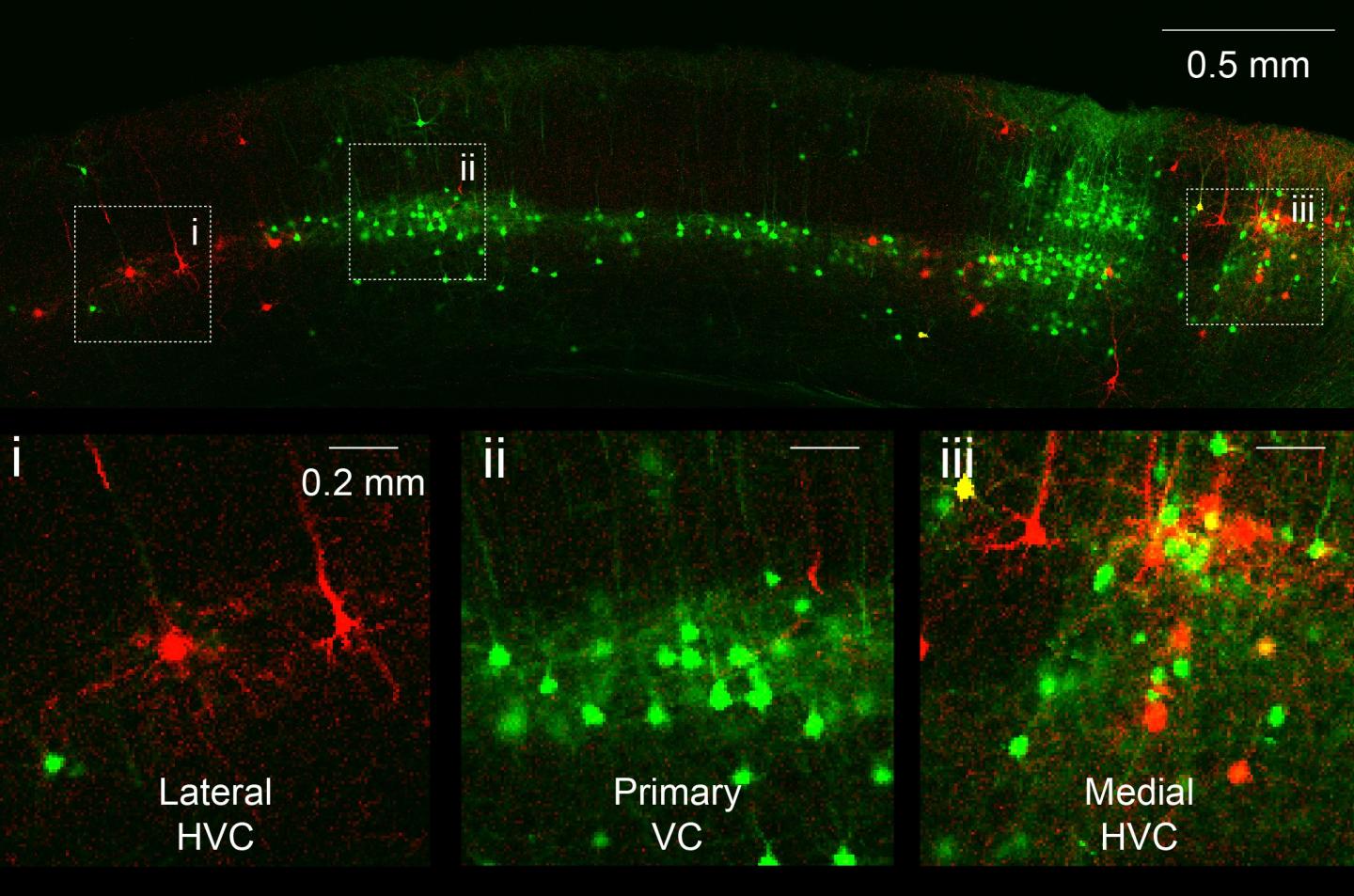[ Source: EurekAlert! | November 30, 2020 ]
When riding your bike to the store you might have two very different reasons to steer: plain old reflex when you something dart into your path, or executive control when you see street signs that indicate the correct route. A new study by MIT neuroscientists shows how the brain is wired for both by tracking the specific circuits involved and their effect on visually cued actions.
The research, published in Nature Communications, demonstrates in mice that neurons in the anterior cingulate cortex (ACC) area of the prefrontal cortex, a region at the front of the brain associated with understanding rules and implementing plans, projects connections into an evolutionarily older region called the superior colliculus (SC). The SC carries out basic commands for reactive, reflexive movement. A key finding of the study is that the purpose of the ACC’s connections to the SC is to override the SC when executive control is necessary.
“The ACC provides inhibitory control of this ancient structure,” said senior author Mriganka Sur, Newton Professor of Neuroscience in The Picower Institute for Learning and Memory and the Department of Brain and Cognitive Sciences at MIT. “This inhibitory control is a dynamic entity depending on the task and its rules. This is how a reflex is modulated by cortical control.”
Lead author Rafiq Huda, an assistant professor of cell biology and neuroscience at Rutgers University and a former postdoc in Sur’s lab, added that by looking at specific circuits between the ACC and both the SC and the visual cortex (VC), the researchers could resolve uncertainty about how the cortex regulates more basic brain regions during decision-making.
“There has been an ongoing debate about what exactly is the role of the cortex in sensorimotor decisions,” Huda said. “We were able to provide some answers by looking at the level of different ACC projection pathways, which would not have been possible by looking at all of ACC at once. Our work provides evidence for the possibility that inhibitory control of subcortical structures like the SC is a unifying principle for how the ACC, and the prefrontal cortex generally, modulates decision making behavior.”
